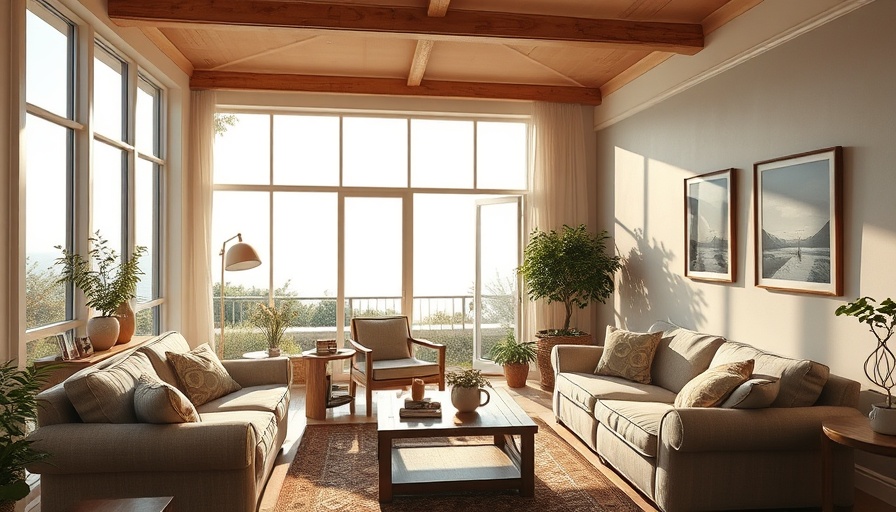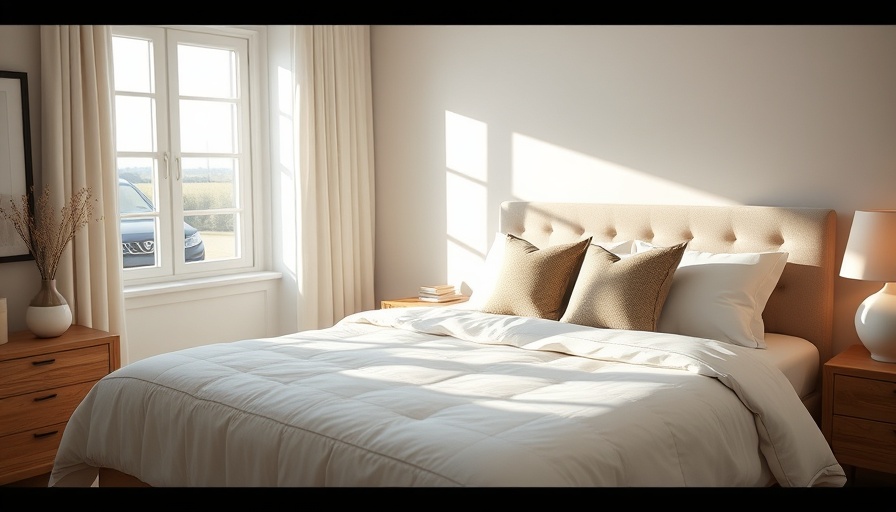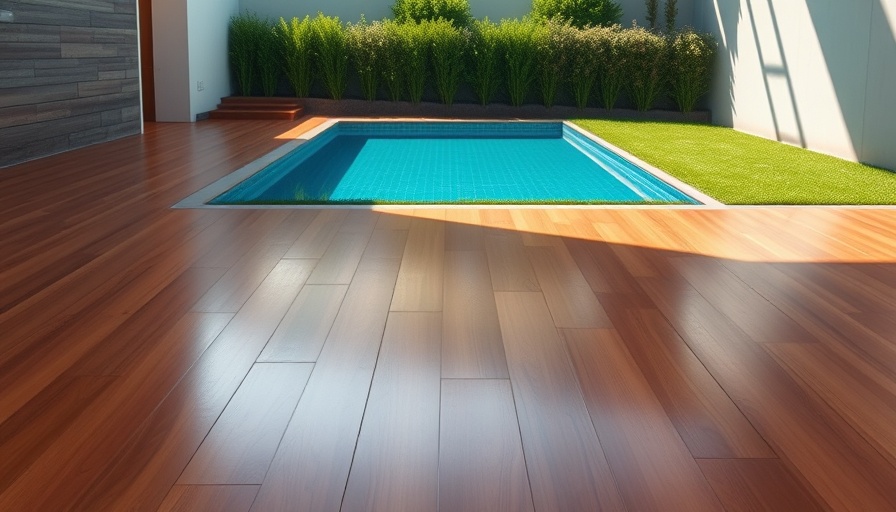
Quality Matters: Understanding the Importance of Pre-Loved Furniture
In an era that increasingly values sustainability and affordability, buying pre-loved furniture emerges not just as a trend but as a mindful choice. By opting for secondhand pieces, you not only enhance your home’s aesthetics but also contribute to a circular economy—extending the life cycle of furniture and minimizing waste. This essential guide will help homeowners navigate the often daunting waters of evaluating quality, condition, and value when searching for pre-loved treasures.
Step-by-Step Approach to Shopping Smart
Before diving into the hunt, clarity on your needs is crucial. Start with measuring your space to ensure that your new finds will fit seamlessly. Are you drawn to vintage charm, or do modern minimalism vibes resonate more with your style? Defining this guide will curb impulse decisions and help curate a cohesive look.
Where to Hunt for Quality Finds
Local markets and specialized outlets like Right at Home Designs offer incredible deals—up to 90% off retail prices—on unique furniture pieces sourced from upscale neighborhoods. Not only does shopping locally support community initiatives, but it also provides access to distinctive items that aren’t found in conventional retail stores.
Inspecting Your Potential Purchases
Understanding what makes a piece sturdy and durable is vital in navigating the world of secondhand furniture. To start, focus on the construction material: solid wood triumphs over particle board, indicating longevity and resilience. When assessing joints and fasteners, look for dovetail or mortise-and-tenon joinery indicative of craftsmanship. As you inspect upholstery, be assertive about checking for both structural integrity and cleanliness; strong frames and pristine fabric matter significantly.
Assessing Condition: The Fine Line Between Wear and Tear
Every piece tells a story, and some wear is part of that narrative, but sellers often misrepresent the condition of their items. Small superficial imperfections like scratches can often be remedied, but any significant damage—such as cracks or rot—should give you pause. Being realistic about the restoration you can undertake is crucial.
The Emotional Connection: Value Beyond Cost
As homeowners, we often develop emotional connections to our furniture. A well-curated collection tells not just the story of your living space but your journey as well. Whether it’s a vintage chair bought at a flea market or a handcrafted dining table passed down through generations, these pre-loved items carry sentimental value that new pieces simply cannot replicate.
Fostering Sustainability Through Thoughtful Purchases
Every time you choose secondhand, you make a choice for sustainability. By purchasing pre-loved furniture, you help decrease landfill waste and conserve resources used in the production of new items. Supporting the secondhand market encourages a more sustainable lifestyle which aligns with the values of many modern consumers.
Making the Decision: Should You Buy or Walk Away?
Finally, knowing when to walk away is just as critical as knowing when to buy. If an item feels entirely wrong—whether due to an unpleasant smell, significant damage, or just an instinct—don’t be afraid to keep searching for that perfect piece. Your home deserves furniture that reflects your style, serves its purpose, and stands the test of time.
Investing in pre-loved furniture isn’t merely a purchase; it’s an opportunity to express individuality while fostering sustainability. By armed with these practical insights and a keen sense of your own style, you’re ready to confidently navigate the world of secondhand furniture!
Remember, the journey of furnishing your home should be as enjoyable as the end result. Take your time, choose wisely, and you’ll soon have a space that not only looks fantastic but tells your unique story.
 Add Row
Add Row  Add
Add 



Write A Comment